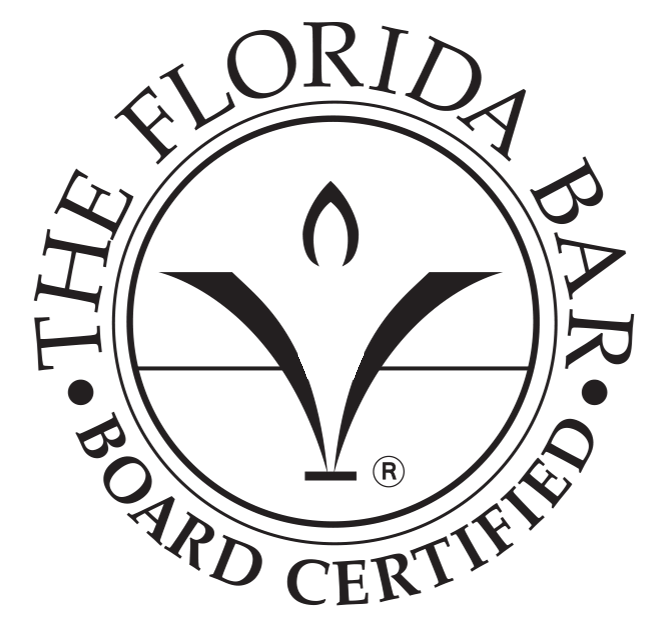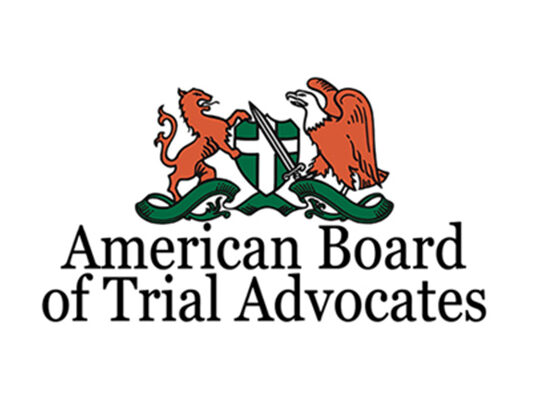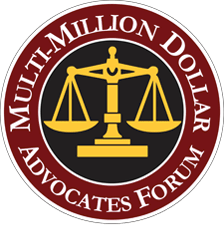Florida Nursing Home Abuse Lawyers in Daytona Beach
Nursing home abuse is a very real problem in the United States. In fact, some experts estimate that for every one case of nursing home abuse that is reported, there are as many as five instances that go unreported. Approximately 40% of all nursing home residents report being the victim of at least one incident of nursing home abuse. And if this all isn’t quite alarming enough, 95% of nursing home residents report having seen other nursing home residents being abused.
Common types of nursing home abuse
According to the Centers for Disease Control and Prevention (CDC), nursing home abuse comes in many forms:
Physical abuse –
The use of physical force can cause acute or chronic illness. It may also cause physical pain, bodily injury, impairment of functioning, physical distress, and in the worst cases, death. Examples of physical abuse include striking a patient; hitting a patient; scratching, biting, or choking patient suffocation; pushing, shaking, shoving, slapping, kicking, or burning a patient. Physical abuse also includes the use of physical or chemical restraints to keep a patient in their bed.
Sexual abuse –
The CDC defines sexual abuse as any forced or unwanted sexual interaction of any kind. This could include sexual contact by a body part or by an object, forced or unwanted touching, or forcing a person to watch pornography.
Have you been injured in an accident or fall? Do You have question and want to know your legal options.
Call 386-255-6400 for a free consultation and remember there is NO FEE unless WE Win.
Financial abuse –
The illegal, improper, or unauthorized use of a nursing home resident’s resources for the benefit of someone else is known as financial abuse. This may include taking belongings, using a person’s checkbook or debit card, misappropriating pension payments, forging signatures, using coercion or deception to obtain money or property, or the improper use of guardianship or power of attorney.
Emotional or psychological abuse –
Emotional and psychological abuse includes both verbal and non-verbal behavior designed to inflict anguish, fear, mental pain, or distress. This might include humiliation tactics such as name-calling, derisive insults, threatening negative consequences, isolating the person from family or friends, or exercising undue control over a nursing home resident’s decision to leave the home to attend church, visit with family, etc.
Neglect –
Neglect involves a caregiver’s failure to provide a safe environment, proper nutrition and hydration, medical care, good hygiene, clean clothing, human interaction, and other basic needs that result in compromised health and safety.
Common signs of an abusive nursing home
Inadequate staffing, an absence of quality training of staff, and poor leadership all contribute to a nursing home environment where abuse can occur. Some things to be on the lookout for, whether you have already placed your loved one in a nursing home or are considering it, include:
- The frequency of falls in the facility (while they can’t identify the person or particulars, they should be able to tell you about the statistics they keep on injuries in the home).
- Bedsores – not every bedsore is evidence of abuse, but it can be an indicator.
- The number of cases of dehydration. For your loved one, watch and listen to see if they are “rationing” water–this should sound alarm bells.
- Malnutrition.
- Bruising on patients, especially on wrists and ankles, which is suggestive of physical restraints.
- Scratches or other unexplained injuries.
- Food being kept at improper temperatures.
- An absence of a comprehensive care plan for patients.
- A constant smell of urine or feces, or other evidence of unsatisfactory housekeeping.
- Failure to regularly and proactively check for incontinence issues.
- Overprescribing drugs, resulting in chemical restraints (the use of drugs to keep patients docile or immobile).
- Patients who are fearful of one or more staff members.
- Deficient infection control.
Free resources to help you choose a safe nursing home in Daytona Beach Florida
If you’re presently evaluating nursing homes, Medicare has created a free nursing home checklist you can download. The state of Florida also maintains a nursing home watch list, which includes information on facilities that do not meet minimum standards at the time of inspection. For more information, read our Tips for Health Nursing Home visits before evaluating the nursing home for your loved one.
You should also visit our Nursing Home Injury FAQs page to learn more about red flags to watch out for when visiting a nursing home facility in Florida
Contact our Daytona Beach nursing home abuse lawyers if you suspect your loved one is suffering
If you suspect a loved one is a victim of nursing home abuse, contact our Nursing Home Abuse Lawyers Daytona Beach today at 386-202-1412. We provide no-cost, no-obligation consultations, and welcome the opportunity to discuss your options.
Have you been injured in an accident or fall? Do You have question and want to know your legal options.
Call 386-255-6400 for a free consultation and remember there is NO FEE unless WE Win.







